Many who have met Gary Wilkerson view him as a treasure, whether they remember him as a star athlete at Newton High School in the 1960s, an umpire who officiated two Dixie Boys World Series in the 1990s or a devoted family man who made his community a better place by his mere presence there.
The Georgia Southern University baseball team opened its season against Tennessee in February. While seated in the company of Statesboro-Bulloch County Parks and Recreation employees, I was asked if I knew a Gary Wilkerson. As I scratched my thinning hair in an attempt to jog my memory, the lightbulb switched on. Few people use the name Gary Wilkerson because everyone knows him as “Yogi.”
Newcomers to Newton County, especially those with kids who are starting to play sports, would be wise to learn a little about its history. Some of our athletes have made it to the highest levels: Tim Hyers and Luke Allen in MLB, Ashton Hagans in the NBA and Jake Reed, Dale Carter and Sheldon Rankins in the NFL, to name a few. You also want to familiarize yourself with Ronald Bradley, a legendary basketball coach who established a national record by winning 129 consecutive home games inside the gym that still stands on Newton Drive, across the street from the Covington Family YMCA.
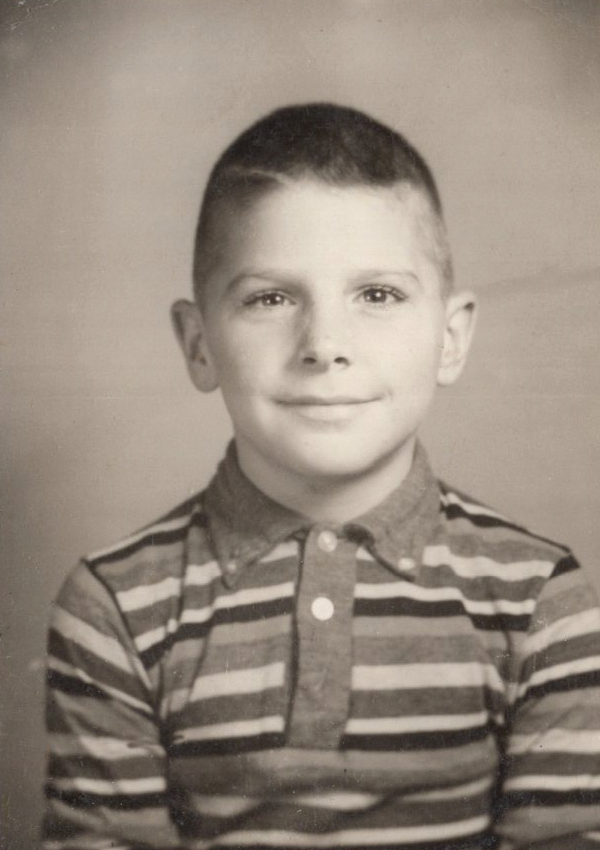
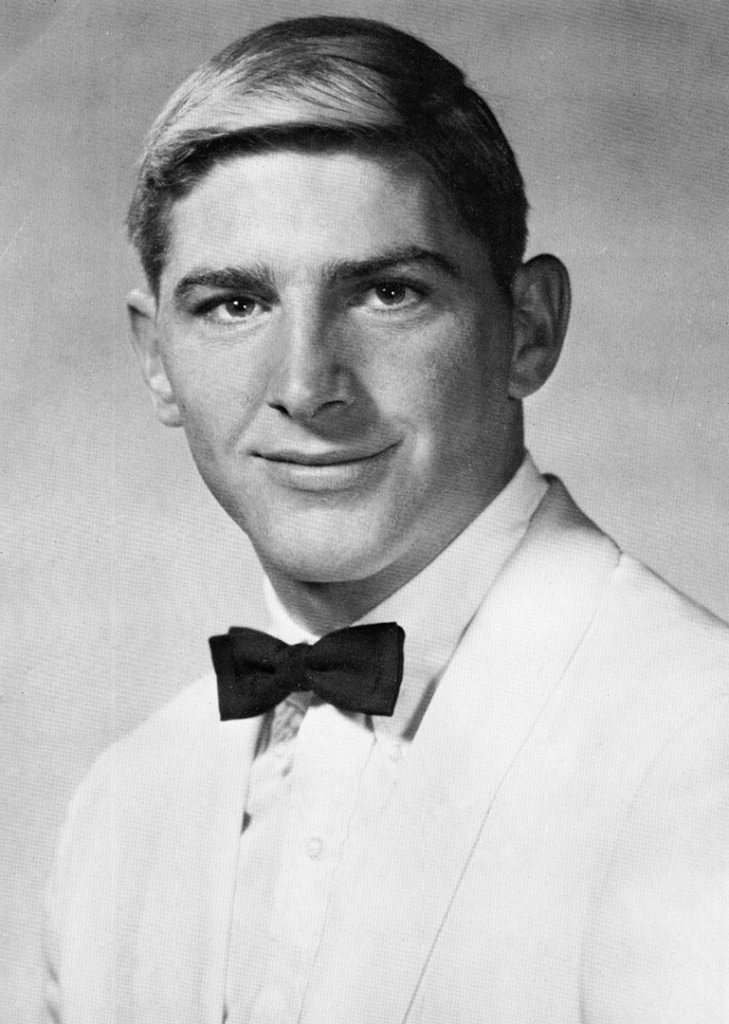
One of Bradley’s players was a kid from Porterdale named Gary Wilkerson. His parents, Ellison and Kathryn, worked at the Bibb Manufacturing Company’s mill on the Yellow River for 35 years. Gary was born at Porterdale Hospital on Poplar Street—the only hospital in Newton County until 1955. He grew up with brother, Mickey, and two stepsiblings: Virginia and Lanier Patterson. Bibb installed former New York Yankees farmhand Billy “B.C.” Crowell as its athletic director, and he opened the Porterdale Gym to local kids, so long as they left it as they found it. After seeing Gary play basketball, Crowell nicknamed him “Yogi,” and a local legend was born.
By the time Yogi reached high school, Milton McLaney had fashioned Newton into a highly ranked football team. As a sophomore, Wilkerson was nearly a grown man already at 6-foot-4, 210 pounds and started at offensive tackle. In 1966, Chamblee was ranked No. 1 in Class AAA—the largest classification in the state at the time—and Newton was ranked No. 1 in Class AA. They kicked off the season with much hype from the Atlanta Journal and Atlanta Constitution, the two newspapers that later merged to form the Atlanta Journal-Constitution. Coaches from several major colleges attended the game to scout Ronnie Kitchens, Chamblee’s 260-pound defensive end. Despite being outweighed, Yogi handled the highly regarded prospect so well that, a few weeks later, a letter arrived from the University of Tennessee. Yogi was not familiar with the terminology, so he took the letter to one of Newton County’s most respected educators, Dr. Joe Croom. After reading it, Croom extended his hand.
“I’d been homesick the whole time I was in Knoxville, and while I was home, I just decided—and I still can’t explain why—that I didn’t want to go back. Eventually, I did get back up there to talk through it with the coaches. We all cried, but I knew in my heart I just wanted to go home.”
Gary “Yogi” Wilkerson
“Congratulations Yogi,” he said, “you’ve been awarded a full grant-in-aid to play football in Knoxville for the Volunteers.”
However, there was still much to be done on the gridiron and the hardwood. Bradley had won a state championship in 1964, and Yogi’s Rams won a region title and finished as the state runners-up in 1966 behind the efforts of defensive genius Wayne Hall and sharpshooting guard Bob Richardson. Wilkerson was a force under the bucket. As a senior, he pulled down 454 rebounds and averaged nearly 14 points per game. He had gone head-to-head with some of the greatest high school athletes in Georgia, including Ron Blomberg—the man who became the first designated hitter in Major League Baseball history.
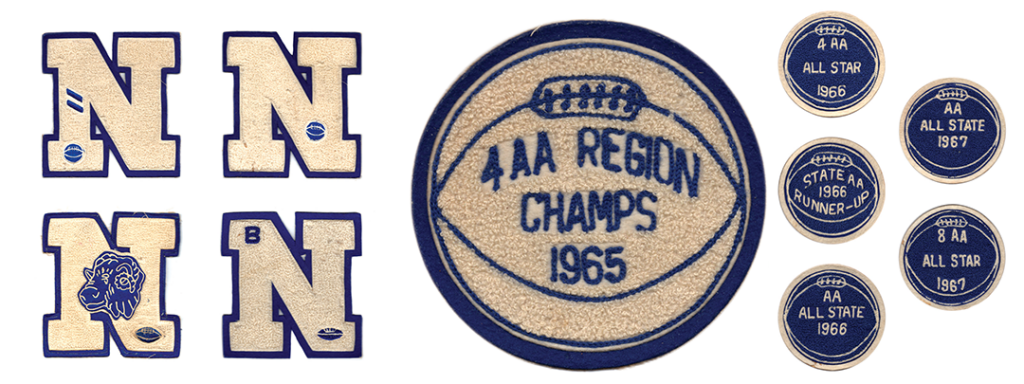
From there, Yogi was off to Knoxville to play football for Tennessee. The Volunteers went 9–1 during the 1967 regular season and defeated Bear Bryant’s Crimson Tide in Tuscaloosa, Alabama, before losing a nail-biter to Oklahoma in the Orange Bowl. However, Wilkerson was relegated to the freshmen team, as first-year students were prohibited from competing at the varsity level in that era.
“We had beaten Georgia Tech’s freshmen,” Yogi said, “and I had the pleasure of sacking Atlanta’s hot shot, Charlie Dudish, who was Tech’s quarterback. However, the next week the varsity went to Alabama, and I came home, as we had no game. I’d been homesick the whole time I was in Knoxville, and while I was home, I just decided—and I still can’t explain why—that I didn’t want to go back. Eventually, I did get back up there to talk through it with the coaches. We all cried, but I knew in my heart I just wanted to go home.”
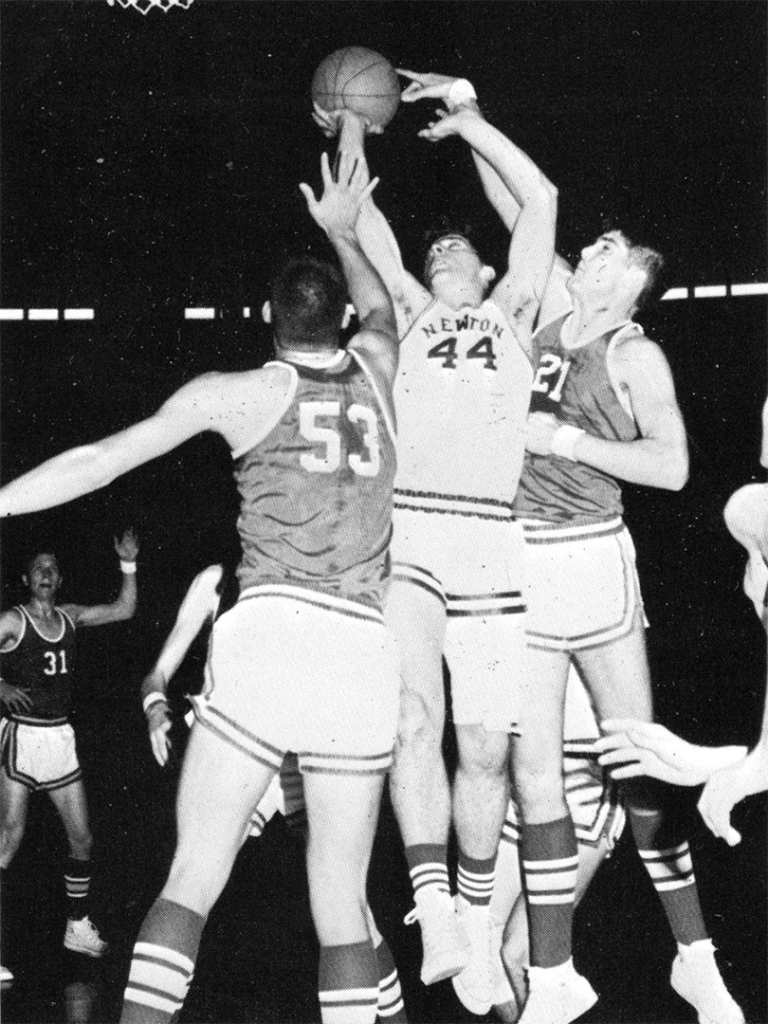
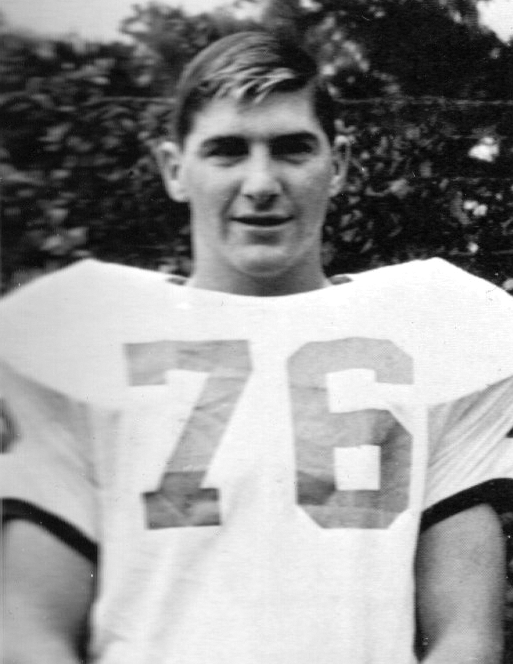
Home held a forthcoming six-year obligation to the Air National Guard for Yogi, and the stint cured his homesickness. After the military, he settled in Newton County and worked for several companies through the years. He and his wife of 33 years, Jean, experienced living in the old Bibb mill for a time, as it had been converted into loft apartments. Right outside their unit, by happenstance of interior decoration, hung a huge photograph of mill workers, Yogi’s parents among them.
Wilkerson’s contribution to athletics extended well into adulthood. He started umpiring baseball at the recreation level, even as he played his way into the United States Specialty Sports Association Hall of Fame as a member of some spectacular slow-pitch softball teams from in and around Newton County. He was enshrined in 2016. It was my privilege in the 1990s to umpire alongside Yogi for several years, and I like to say that he taught me everything I know about umpiring. After all, he made the cut to officiate the Dixie Boys World Series in 1993 and 1995 at City Pond Park.
“It was a thrill to call a World Series,” Yogi said, “and not many folks from around here remember, but current San Francisco catcher [and 2012 National League Most Valuable Player] Buster Posey played here in one of those series.”
Who is Gary Wilkerson? A high school standout among many others who stood out. He played alongside Auburn University’s two-sport All-American Tim Christian, held his own against more widely touted opponents and recorded his first hole-in-one at what is now the Ashton Hills Golf Club. Husband. Father. Grandfather. Perhaps most remarkably, he has bravely and steadfastly battle medical issues that often sideline lesser mortals. Yes, in the spring I had to scratch my head and think about whether or not I knew a Gary Wilkerson, and in the end, I have to say I know no such person. For me, he will always be Yogi.
Click here to read more stories by Nat Harwell.

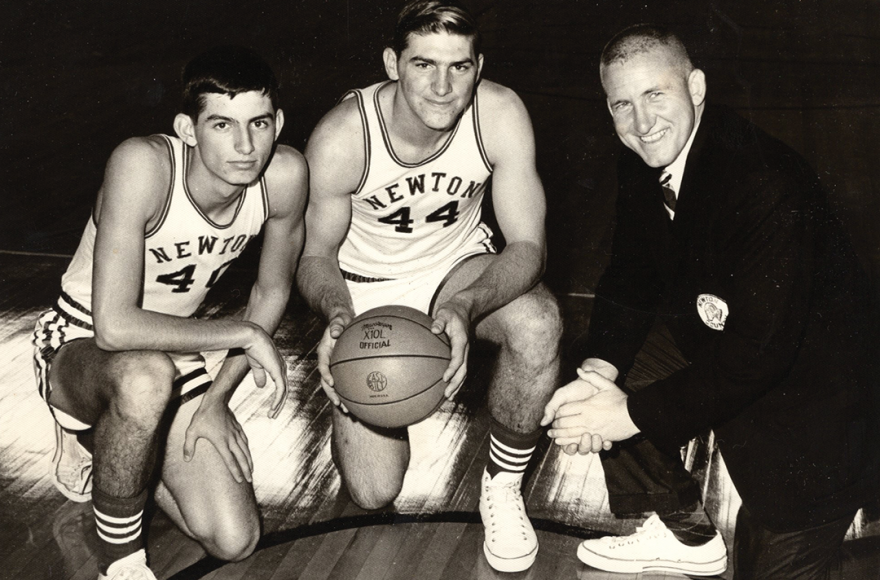
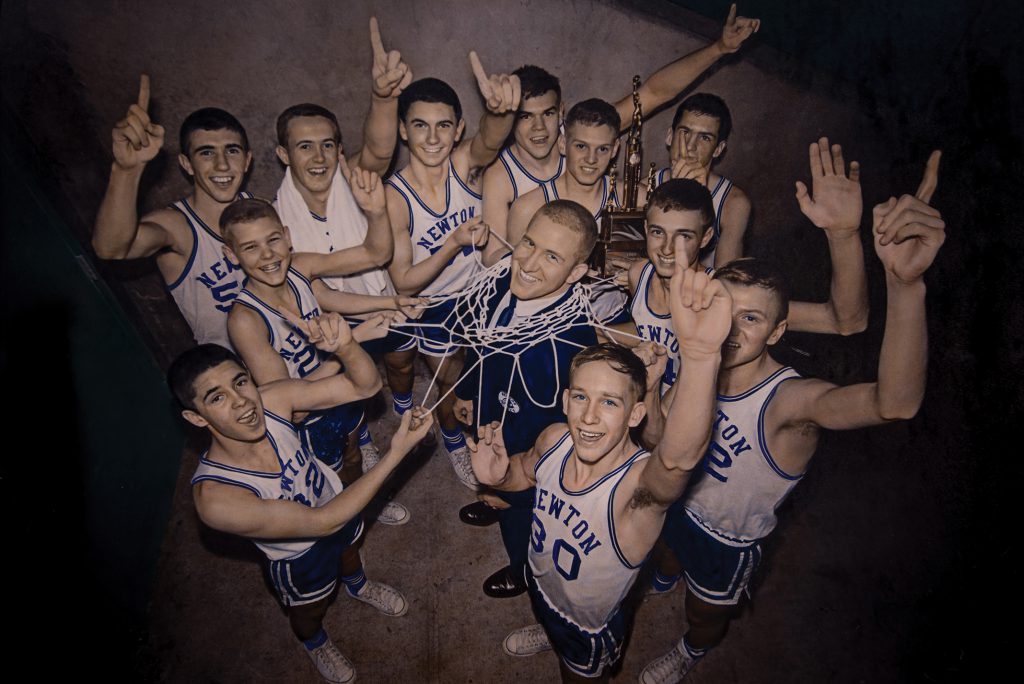
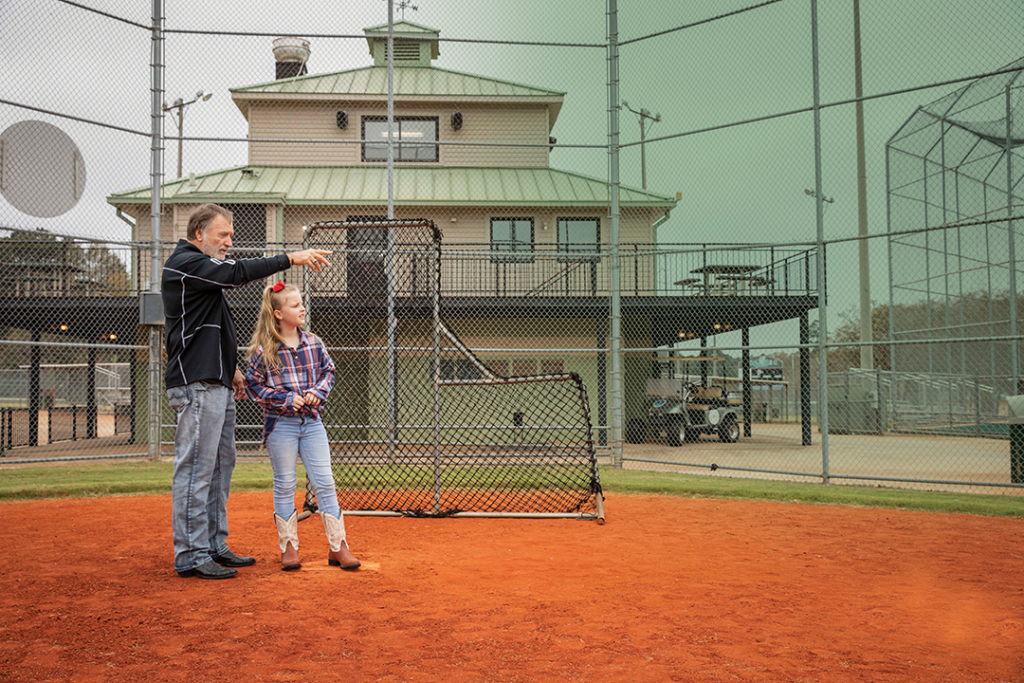
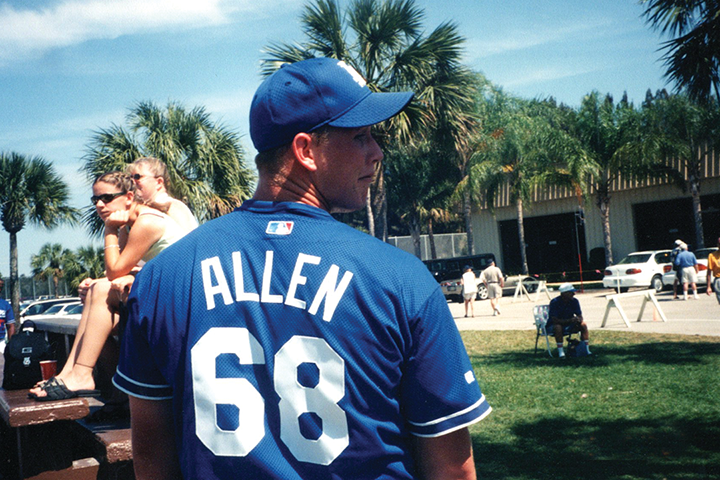
1 comment
So enjoyed this. I first met Yogi at the Porterdale pool when we were 13. He is one of the really good guys…think the world of him.